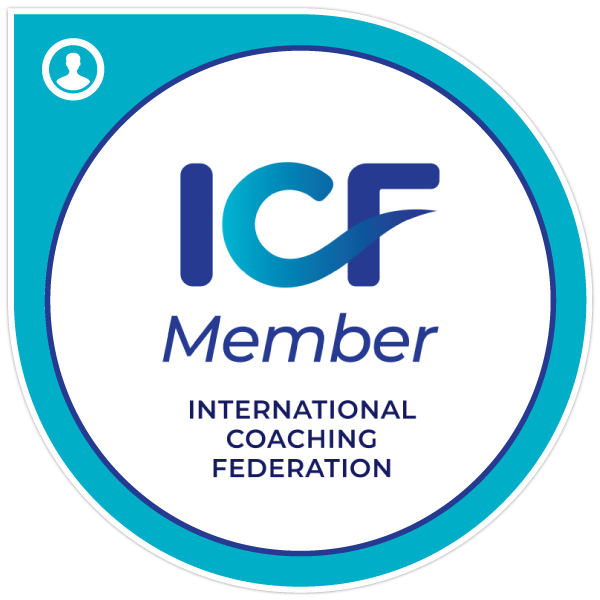Integrating new employees seamlessly into existing organizational behavior models is crucial for fostering a productive, engaging, and harmonious workplace. As businesses evolve and workforce dynamics shift, the strategies to welcome and assimilate new hires into the organization’s culture and operational framework must be both effective and adaptable. This integration impacts not only the immediate effectiveness of the new employee but also the long-term health of the company’s culture and operational success. In exploring this, we will delve into five key areas that are critical to successfully embedding new employees within established systems and practices.
Firstly, we will examine the onboarding processes that serve as the initial touchpoint for new employees. Effective onboarding can significantly enhance employee retention and job satisfaction by setting a positive tone from the outset. Next, we will discuss the role of training and development programs in equipping newcomers with the necessary skills and knowledge to thrive in their new roles. These programs are essential for ensuring employees feel competent and confident in their positions.
Furthermore, mentorship and support systems will be explored as vital elements that provide ongoing guidance and assistance to new employees, helping them to navigate the complexities of their new environment. Additionally, the importance of robust communication and feedback mechanisms will be highlighted, as these are pivotal in fostering an atmosphere of openness and continuous improvement.
Lastly, the aspect of cultural alignment and adaptation will be addressed, underscoring the importance of integrating new hires into the prevailing corporate culture and helping them align with the organization’s values and ethics. This not only enhances team cohesion but also ensures that the organization’s standards and expectations are upheld.
By dissecting these subtopics, the article aims to provide comprehensive insights into best practices for integrating new employees into existing organizational behavior models, ensuring a smooth transition and successful incorporation into the team.

Onboarding Processes
Onboarding processes are a critical aspect of integrating new employees into an organization’s existing behavior models. An effective onboarding program serves as the first step in helping new hires understand the organizational culture, expectations, and their role within the company. It is more than just a basic introduction to the job; it’s about creating a welcoming environment that fosters a sense of belonging and assists in the smooth transition of new employees into productive and engaged team members.
The onboarding process typically begins before the new employee’s first day and can continue for several months, depending on the complexity of the role and the organization’s structure. It often includes a combination of administrative tasks, such as completing paperwork and setting up workstations, and more integrative tasks like training sessions, team introductions, and orientation meetings.
Effective onboarding should be strategic and tailored to the individual’s role within the company. It should aim to align the new employee’s goals with those of the organization and provide them with the tools and knowledge they need to succeed. This might include clear outlines of job responsibilities, key contacts, and important policies and procedures. Additionally, onboarding is an ideal time to immerse new employees in the company culture, helping them understand not just what they will do, but how they should do it, in alignment with the company’s values and norms.
Furthermore, onboarding is not just beneficial for the new employee but also for the organization. It can lead to higher job satisfaction, better job performance, reduced turnover, and a stronger sense of organizational commitment. An effectively integrated employee will be able to contribute more quickly and effectively to the organization’s goals, and feel more satisfied and supported in their new role. Thus, investing in robust onboarding processes is crucial for the long-term success of both the employee and the organization.
Training and Development Programs
Training and Development Programs are crucial components in integrating new employees into existing organizational behavior models. These programs are designed to equip new hires with the necessary skills and knowledge to perform their roles effectively and to align with the company’s goals, values, and operational strategies.
Effective training programs often begin with a comprehensive induction process that introduces new employees to the company’s culture, expectations, and their specific roles. This initial phase is critical as it sets the foundation for the employee’s understanding of how they fit into the broader organizational structure. Beyond the basics, development programs should include ongoing training opportunities that allow employees to continually upgrade their skills and adapt to new technologies or methodologies. This not only helps the employees stay relevant in their fields but also contributes to the overall innovation and competitiveness of the organization.
Moreover, training and development programs should be tailored to individual learning styles and career aspirations. This personalized approach ensures that employees are more engaged and motivated to learn. By investing in the professional growth of their employees, companies foster loyalty and a strong sense of belonging among their staff, which is essential for maintaining a cohesive and productive work environment.
Finally, the integration of new employees through training and development programs should be monitored and evaluated regularly to ensure effectiveness. Feedback mechanisms can be employed to assess both the employee’s progress and the suitability of the training methods used, allowing for continuous improvement of the training programs. This not only helps the new employees to better integrate into the company but also enhances the overall strategic alignment of the training programs with the company’s long-term objectives.
Mentorship and Support Systems
Mentorship and support systems are crucial components in integrating new employees into existing organizational behavior models. These systems are designed to provide new hires with the guidance and assistance they need to understand the cultural and procedural nuances of their new workplace, fostering a smoother and more effective integration.
Mentorship involves pairing a new employee with a more experienced colleague who can guide them through the initial phases of their career at the organization. This relationship is beneficial because the mentor acts as a role model and a source of knowledge about the organizational culture and expectations. It allows the mentee to have a go-to person for questions and concerns, reducing the feeling of isolation that can sometimes accompany new job roles.
Support systems extend beyond individual mentorship to include broader resources such as training sessions, regular check-ins with supervisors, and team-building activities. These systems are designed to ensure that new employees feel supported not only in their immediate tasks but also in their overall career and personal development within the company. By investing in strong support systems, organizations can enhance employee satisfaction and retention, thereby stabilizing their workforce and reinforcing a positive workplace culture.
Effective mentorship and support systems not only aid in the practical aspects of a job but also play a significant role in emotional and psychological support. This holistic approach helps new employees adjust more quickly and thoroughly, aligning them with the organization’s goals, values, and practices. As such, these systems are essential for the successful integration of new employees into a company, contributing to the sustained health and growth of the organization.
Communication and Feedback Mechanisms
Communication and feedback mechanisms are crucial for integrating new employees into existing organizational behavior models. Effective communication ensures that new hires are well-informed about the company’s goals, values, and procedures, which helps them to align their behavior and expectations accordingly. Feedback mechanisms play a pivotal role in this integration process by providing new employees with insights into their performance and how it aligns with the organization’s expectations.
Implementing structured communication channels aids in reducing misunderstandings and provides a clear pathway for information flow. This can be achieved through regular meetings, updates, and newsletters. Additionally, digital communication tools such as intranets, email, and collaboration platforms like Slack or Microsoft Teams can enhance the connectivity and engagement among team members, including new employees.
Feedback, on the other hand, is essential for continuous improvement and helps new employees adjust their performance based on constructive critiques. It should be timely, specific, and actionable. Organizations can foster a culture of open feedback where not only managers provide feedback to employees, but peers are also encouraged to participate in the feedback process. This bi-directional feedback mechanism helps in creating a transparent, supportive, and dynamic work environment where new employees can thrive and quickly adapt to the organizational culture and behavioral norms.
Overall, robust communication and feedback mechanisms not only support the integration of new hires but also contribute to their ongoing development and satisfaction within the company. These practices ensure that new employees feel valued and understood, which ultimately leads to higher engagement and retention rates.
Cultural Alignment and Adaptation
Cultural alignment and adaptation are crucial elements when integrating new employees into existing organizational behavior models. This process involves ensuring that new hires not only understand but also embrace the core values, beliefs, and behaviors that define the organization’s culture. Effective cultural integration can lead to increased employee engagement, higher job satisfaction, and better overall performance.
To facilitate cultural alignment and adaptation, organizations should start by clearly communicating their cultural norms and expectations from the very beginning of the onboarding process. This can be achieved through workshops, employee handbooks, and interactive sessions that involve discussions about the company’s mission, vision, and values. It’s also beneficial to highlight real-life examples of how these values are applied within the organization.
Moreover, pairing new employees with cultural ambassadors or mentors who exemplify the company’s values can provide newcomers with role models and guide them through their cultural adaptation process. These mentors can offer insights into the informal norms and behaviors that are not always documented but are crucial for successful integration.
Regular feedback sessions are also vital, as they help new employees understand how well they are aligning with the expected cultural norms and what areas need improvement. It’s important for feedback to be constructive and delivered in a supportive manner to foster a positive learning environment.
Ultimately, the goal of cultural alignment and adaptation is to create a seamless and harmonious environment where new employees feel valued and integrated, allowing them to contribute effectively to the organization’s goals. This integration is not only beneficial for the individual’s growth within the company but also enhances the overall organizational health and productivity.


Leave a Reply